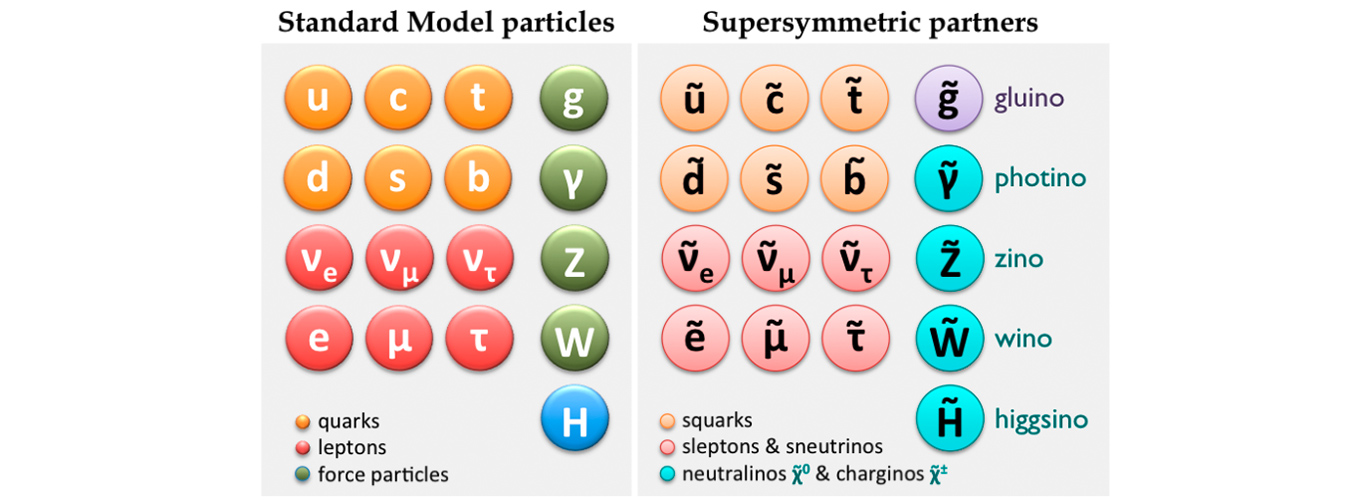
SUSY - BSM
Direct searches of new physics

Supersymmetry (SUSY) is a theoretical framework providing answers in an elegant manner to several open issues of the Standard Model (SM), thus it is placed in the forefront of the physics goals of the ATLAS experiment at the LHC. It predicts that each of the particles in the SM has a partner with a spin that differs by half of a unit. So bosons are accompanied by fermions and vice versa. By doubling the number of particles, there is a cancelation between processes with ordinary particles only and processes with their superpartners, thus fixing the hierarchy problem of the Higgs boson mass. In addition, SUSY actually achieves the grand unification: the couplings of the three interactions –weak, electromagnetic and strong – converge at a high-energy scale. Last but not least, in SUSY the lightest superpartner (LSP) may be stable, electrically neutral and too weakly interacting matching precisely the profile required for dark matter. If the theory is correct, supersymmetric particles should appear in collisions at the LHC.

The group has pioneered the searches for SUSY with violation of R-parity (RPV), resulting in a decaying LSP and consequently in non-standard final states at the LHC. It introduced the study of a specific RPV scenario; through bilinear terms (bRPV), which also solves the neutrino mixing problem of the SM by predicting massive neutrinos. Its manifestation at the LHC also implies long-lifetime particles and displaced vertices. Throughout Run I the group participated in several lepton-based data analyses and led interpretations in different SUSY models, dark matter oriented as well. The more recent work is a search for same-flavour opposite-sign dilepton pair, jets, and large missing transverse momentum. The latter is followed up in Run II together with the hadronic final state and bRPV in SUSY production in electroweak processes.
The ongoing collaborations with several theoreticians both from Spain (IFIC, IFT Madrid, Granada) and abroad (Würzburg, KCL London), lead to proposals for new signatures to LHC experiments and new interpretations of experimental results, in yet unconstrained theoretical scenarios.

